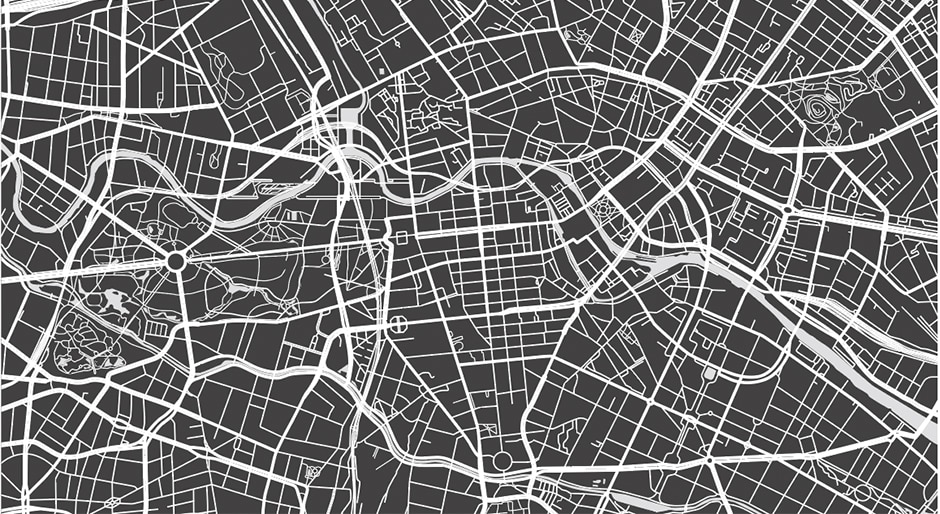To read this full article you need to be subscribed to Institutional Real Estate Europe
New city planning: Berlin is Germany’s perfect mixed-use development case study
In days gone by, when there was no such thing as building codes or urban planning, towns and cities grew organically.
The logic behind this growth was inseparably linked to the prominent trades and professions that drove local economies in the past. In Berlin, for example, the Weberwiese area was a place where cloth workers and dyers lived and worked, while the Scheunenviertel district hosted a popular cattle market. Later, in the 1920s, Berlin’s character was shaped by the many different businesses that operated in the city. Shops and restaurants lined the streets and people lived around the inner courtyards. These historical examples have one thing in common — people lived where they worked.
The year 1933 saw the publication of the Athens Charter. One of the urban planning document’s key elements was to segregate individual walks of life. At a time when much industry was still “dirty”, and impaired people’s quality of life, this made good sense.
For reprint and licensing requests for this article, Click Here.

